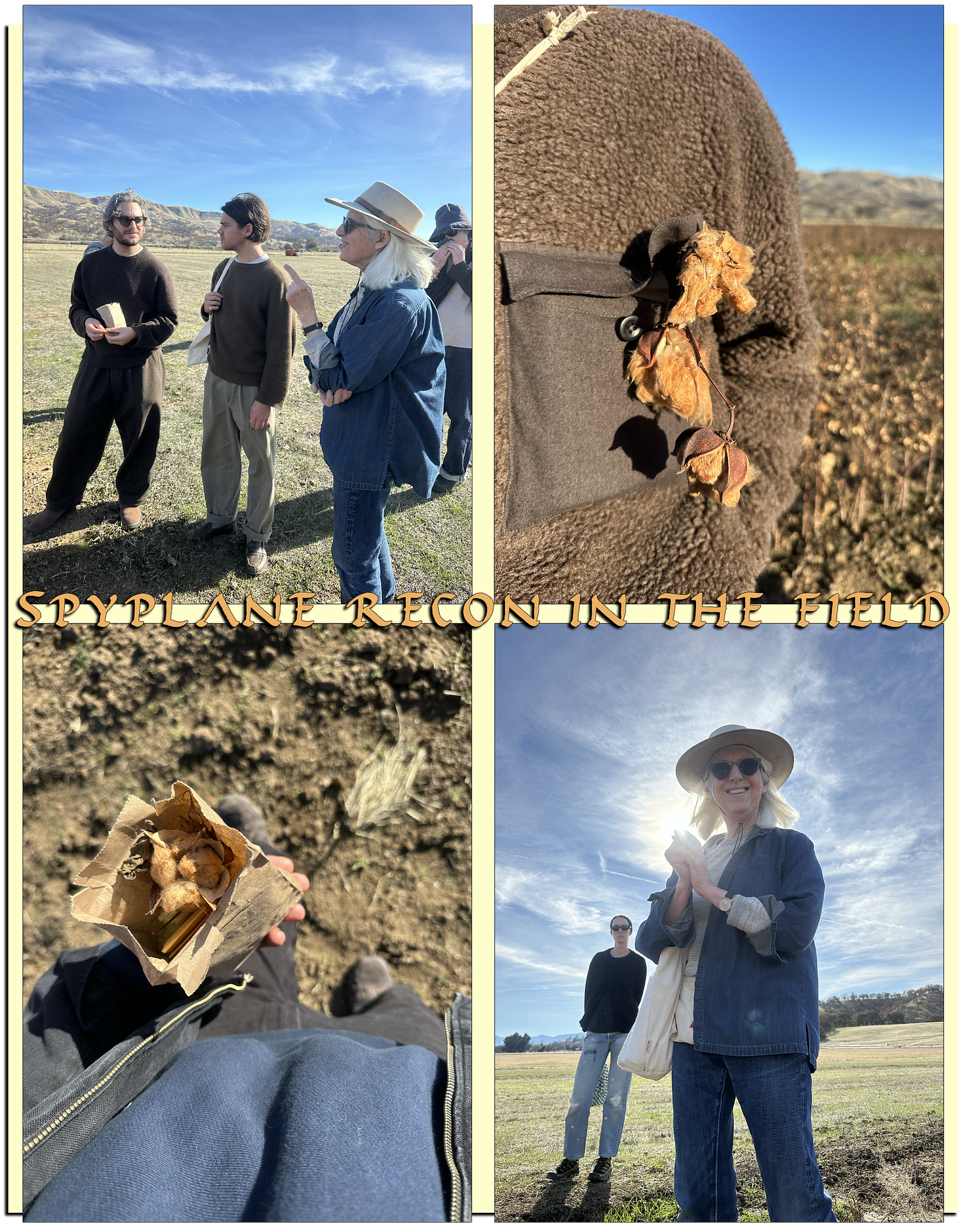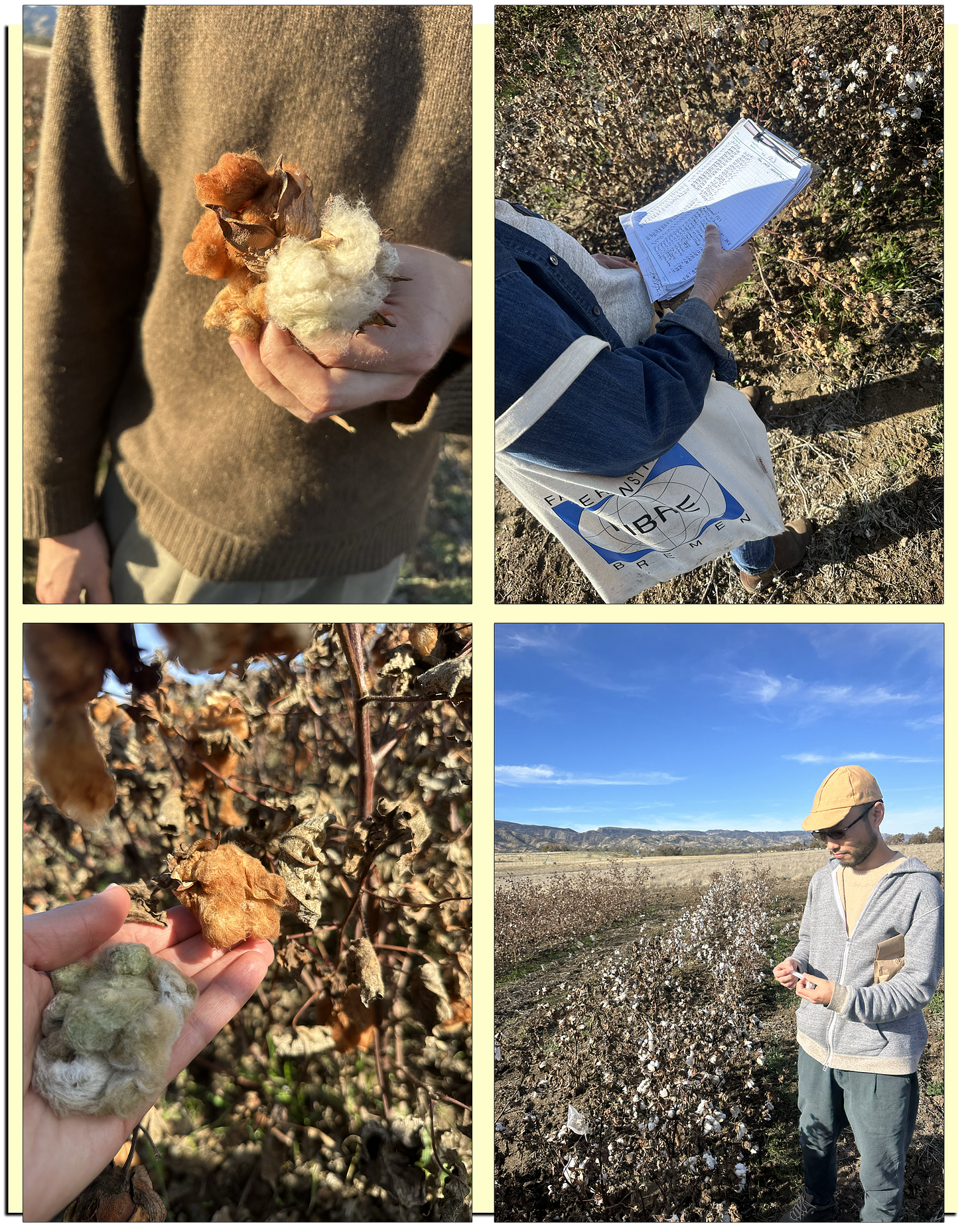When the party has a "no shoes" policy
Bring your own slippers and stay swaggy. Plus cool rare $49 color-grown-cotton tees, wool-lined sweatpants and hoodies & more
The Plane is with you once again.
Our brand-new 2024 Home Goods Report, bursting with things to enswaggen the place where you live, is here.
Generosity is Fundamental to Swag: this year’s G.I.F.T.S. List is here.
Mach 3+ city intel for traveling the entire planet is here.
It’s the season when friends invite you in from the cold to chop it up festively. It is also the season of hotly debated viral posts about whether a host is / isn’t perpetrating if they ask guests to take off their shoes at the door and walk around in socks all night.
When your big-brained friends here at Blackbird Spyplane encounter debates like this, we like to “go between the horns,” logistically speaking, and propose a different path altogether. In this case: Bring your own slippers to the function.
Some hosts graciously provide a basket of slippers near the door, which is chill, but given a better option, I’d rather not squeeze my feet into some undersize communal Mujis.
And this is a better option: A few winters ago, Erin and I started bringing our own house slippers to parties. We nestle them into a tote bag beside a magnum or two of Beaujolais, which is also a great thing to bring. This has increased our comfort immeasurably. Now we’re 1. respectful of a host’s floorboards, and 2. able to stance up in indoor-appropriate bangers rather than torpedo an otherwise great fit with the deflating, borderline-infantilizing sight of socks down below.
How are you trying to “stand on business” in some Bombas 😜??
In today’s sletter we’ve got our favorite house slippers, plus:
A revelatory field trip to the cotton-breeding nursery of color-grown-cotton legend Sally Fox
Dye-free brown Japanese pocket tees that retail for ~$49, plus great blankets also cut from Sally’s cotton, neither of which anyone is checking for
Beautiful new natural-dyed merino scarves, undyed beanies and wide-leg wool-lined sweats
Let’s get to it —

American textile legend Sally Fox is a revered cotton breeder whose specialty is cultivating organic color-grown (i.e. dye free) fibers. So I (Jonah) was stoked when she invited us to visit her breeding nursery in Northern California earlier this month. Erin was doing Mach 3+ recon in L.A., so I headed to the Capay Valley along with Spyfriend Evan Kinori, who used Sally’s cotton for some great pieces earlier this year and has more coming in 2025; some affable dudes from the EK studio; the chill & gifted Bay Area weaver Marina Contro; and Kosuke-san and Satoki-san of venerable Osaka yarn-spinning house Taishoboseki.
We’ve written about Sally a bunch in the sletter. For decades, she’s been doing visionary, challenging, beautiful work, and this year she’s been embraced by several designers whose clothes we love, like Evan and Dana Lee Brown. But I’d never met Sally or her cotton (in plant form) IRL until now.

Sally’s original coup involved the cross-breeding of naturally colored cottons, first domesticated in Mexico and Peru some 6,000 years ago, with longer-fibered and thus more readily spinnable Pima and Sea Island cottons. She achieved this through the same breeding process she employs today, which we saw at the nursery firsthand.
“What I’m doing here is inviting individualization from the plants,” she said, walking us past rows and rows of test plots planted with experimental strains. “The more space each one has, the more chances it has to express variety. I’m basically inviting creativity from the plants.”
The plots burst with brilliant-hued breeds and cross-breeds in incredible shades of green, brown, white and ochre, interspersed with patches of marigolds, squash, melons, sunflowers and okra. These other plants offer a visual boundary for Sally and her team — and, fascinatingly, they also create a natural boundary for bees, restricting their pollinating activities to each plot. (Apparently they work their way systematically from cotton flower to cotton flower, until they hit the row of non-cotton plants — it’s a line they don’t cross.)
Sally had marked some breeds as promising for further development. Others, less so. The selections would go on to be farmed at greater scale in places more conducive to cotton, like New Mexico and Texas. “But even when they’re not picked,” Sally said, “it’s nice to see them and get to know them.”
I was buzzing like a bee myself after this visit. It’s very cool to spend hours in the company of beautiful plants and someone who has devoted her life to them.
I realized I had no choice but to do unbeatable recon into some deep-cut slappers made from Sally’s cotton — and I found some fantastic, roomy FoxFibre® Japanese-made pocket tees that cost about $49, and some big, beautiful Japanese-made FoxFibre® blankets, too. No one is checking for either:



